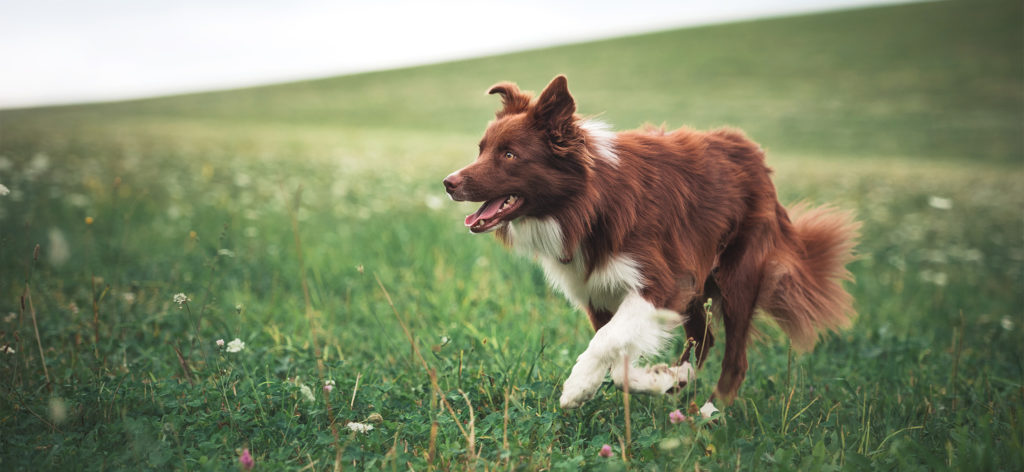Statistics show that one out of every three pets will go missing. According to the American Veterinary Medical Association (AVMA), 52% of microchipped dogs and 39% of microchipped cats are returned home, while only 22% of dogs and 2% of cats that are not microchipped are reconnected with their owners.
Cat and dog microchipping is important as it increases the likelihood that your pet will be returned home if they ever go missing. HomeAgain Microchips has reported that they have returned over two million lost pets to their homes. Microchipping gives pet owners peace of mind, knowing that if their pet becomes lost, there is a much higher likelihood they will be returned home. Microchipping also prevents the contribution to pet homelessness and overcrowding in shelters as many of these animals are misfortunate pets that were never returned home.

Tips to Prevent Lost Pets
We know that bringing your pets outside is an important part of their socialization, exercise and wellbeing. At VMC of Caldwell, we provide as much education as possible to pet owners to prepare them for and prevent unwanted situations, such as lost pets. See below for some tips on how to prevent your dog or cat from becoming lost.
Pet Identification
Other than a microchip, the best form of identification for a pet is a tag attached to their collar. Tags should include the pet’s name, your name, your phone number, and proof of vaccination. If your pet is found, tags make them easily identifiable. It will be known that they have a home, are safe to handle, and have been vaccinated. If for some reason that tag or collar is lost, the microchip can be scanned at any pet shelter or veterinary clinic and will include your contact information, increasing the chances of being reconnected with your pet.
Appropriately Sized Collars and Leashes
It is very common for dogs (or even cats) to come loose when walking with a collar and leash. If a collar is not appropriately sized and is too large, the pet can simply back up and slip the collar over their ears and head, allowing them to roam or run free. When sizing your pet’s collar, the general rule is to leave about two fingers-width of tension. Additional recommendations include having a stronger leash and wider collar for larger dogs to prevent them from breaking free.
Suitable Training
Proper training is important for difficult or frightening situations, such as your pet getting loose. If you are in this situation, it is important for you as the pet owner to remain calm and direct your pet so that they comply. Simple commands are imperative to these situations, such as sit, stay, and come, to prevent your pet from following a smell or running away.
Preparation
It is best to be prepared for any situation that may happen. In the event that your pet gets loose, prepare to share the information with your neighbors and friends. Facebook groups and online message boards are extremely useful in these situations to have the most awareness as possible. Include information such as your pet’s name, commands they are familiar with, their vaccination history, and your contact information.


